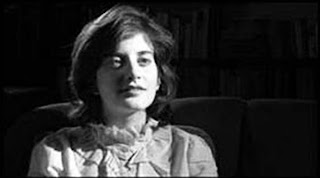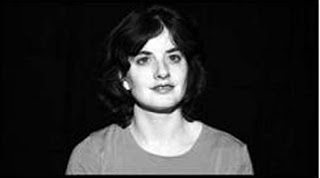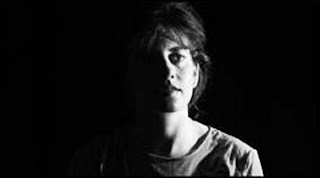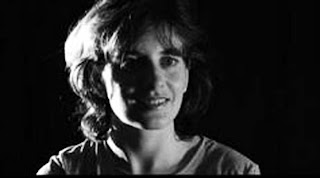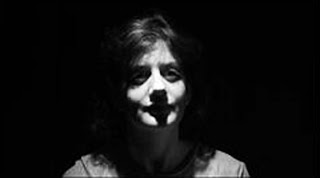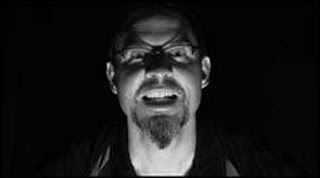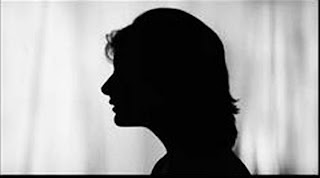It is important to figure out separate cuts during the shooting.
5-cut rule of the scene:
- includes shot and counter shot;
- total - face;
- reaction shot;
- hand;
- characteristic setting to solve the scene.
Rule: each sequence has in cut 5 settings, 4 sec. each. It is important to neutralize the cuts.
In between cuts /cut-aways, cut-ins, near, detail.
The means to get the cut in the shot are:
1. Mise en scene – the characters move in the shot itself.
2. Panoramic shot (when the camera moves, fixed on the tripod) might be horizontal, vertical, diagonal, and round. Another classification is:
round-up panorama
observation panorama
monitoring panorama
3. Traveling of the camera.
The combinations are possible as well, such as
4. Panorama + traveling
5. Mise en scene + camera movement
The blending could be used for the transition from one cut to another, but this solution is tasteless. The montage could be either invisible, or become a medium itself, according to different montage theories.
Three-point lighting is also known as “triangle lighting” or “photographic lighting.” Three lights are used to create the lighting treatment: the key, fill, and back lights.
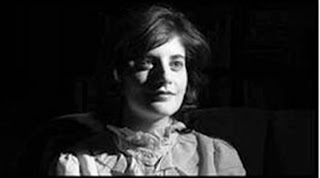
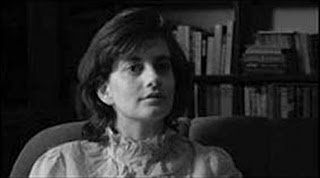
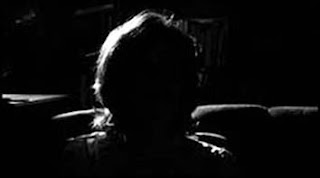 the subject (opposite side of the film set from the camera’s lens) and provides a light „rim“ to the outline of the subject, the back light serves to separte objects from the background and enhamce the illusion of depth within the film frame. The back light emphasizes the shape of the subject.
the subject (opposite side of the film set from the camera’s lens) and provides a light „rim“ to the outline of the subject, the back light serves to separte objects from the background and enhamce the illusion of depth within the film frame. The back light emphasizes the shape of the subject.